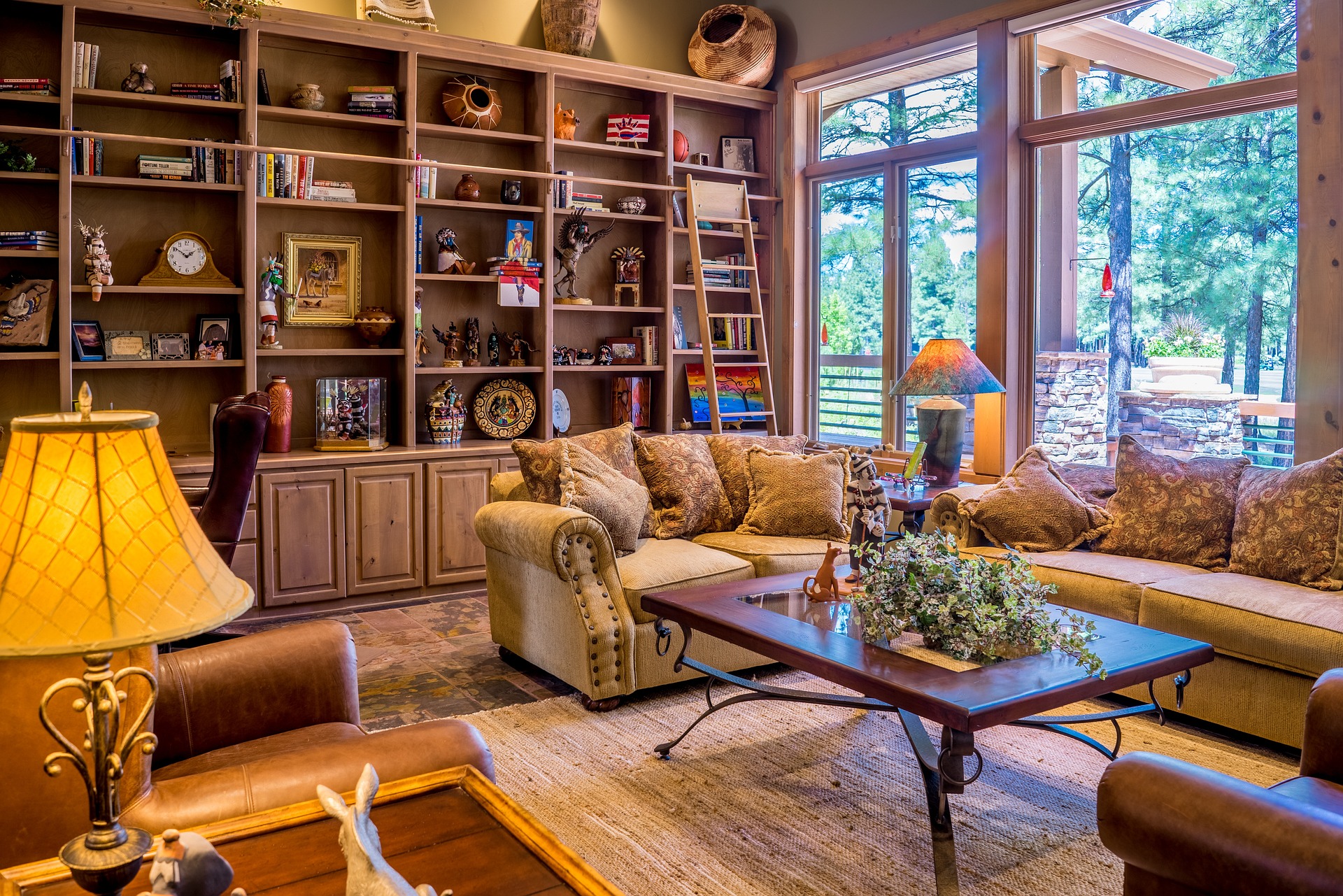 Cabinetry is a cornerstone of home design, offering both functional storage and aesthetic appeal. From kitchens to bathrooms, living rooms to home offices, the right cabinetry can transform a space.
Cabinetry is a cornerstone of home design, offering both functional storage and aesthetic appeal. From kitchens to bathrooms, living rooms to home offices, the right cabinetry can transform a space.
This article delves into the essential aspects of home cabinetry, including types, materials, styles, and practical considerations.
Types of Cabinetry
1. Custom Cabinetry
Custom cabinets are tailored to fit your specific needs and space. They offer the highest level of personalization in terms of design, materials, and finishes. Custom cabinetry is ideal for unique layouts or when you have specific storage requirements that standard cabinets cannot fulfil.
Pros:
- Tailored to fit any space perfectly
- Wide range of materials and finishes
- Unique designs
Cons:
- Higher cost
- Longer production time
2. Semi-Custom
Cabinetry Semi-custom cabinets offer a balance between custom and stock options. They are pre-manufactured but offer a variety of styles, sizes, and finishes that can be modified to fit your needs.
Pros:
- More affordable than custom cabinets
- Faster turnaround time
- Some level of customization
Cons:
- Limited compared to fully custom options
- May still require adjustments to fit perfectly
3. Stock Cabinetry
Stock cabinets are mass-produced and available in standard sizes and finishes. They are the most cost-effective and quickest option for cabinetry.
Pros:
- Budget-friendly
- Readily available
- Easy to replace or expand
Cons:
- Limited in design and size options
- May not fit perfectly in all spaces
Materials and Finishes
1. Timber
Timber is the most popular material for cabinetry due to its durability and versatility. Different types of wood offer various aesthetics and performance characteristics.
- Oak: Strong and durable with a prominent grain, suitable for traditional and rustic designs.
- Maple: Smooth, subtle grain and light colour, ideal for contemporary and classic styles.
- Cherry: Rich, warm tones that darken over time, providing a luxurious look.
- Hickory: Extremely durable with dramatic colour variations, perfect for a unique, rustic appeal.
Ultimately, the type of timber used will also largely depend on where you are located in the world and the type of timber that is available.
2. Laminate and Veneers
Laminate and veneers provide cost-effective alternatives to solid wood, offering a wide range of colours and patterns. They are durable and easy to clean but may not offer the same longevity as wood.
3. Eco-Friendly Options
Sustainable materials like bamboo and eco-friendly plywood are becoming increasingly popular. These materials are renewable and contribute to a healthier indoor environment.
Styles of Cabinetry
1. Traditional
Traditional cabinetry often features raised panel doors, ornate details, and rich finishes. It is characterised by classic designs that evoke a timeless elegance.
2. Contemporary
Contemporary cabinets have a sleek, minimalist look with flat panel doors and simple hardware. They emphasise clean lines and a modern aesthetic.
3. Transitional
Transitional cabinetry blends elements of traditional and contemporary styles. It features clean lines with more ornate details than contemporary cabinets but simpler than traditional ones.
4. Rustic
Rustic cabinets showcase natural materials and finishes, often with distressed wood and earthy tones. They bring a warm, cosy feel to a home.
Practical Considerations
1. Storage Needs
Assess your storage needs before choosing cabinetry. Consider the items you need to store and how accessible you need them to be. Custom and semi-custom cabinets can be tailored to include specific storage solutions like pull-out shelves, lazy Susans, and built-in organisers.
2. Space and Layout
The size and layout of your space will influence your cabinetry choices. Measure your space carefully and consider how different cabinet configurations will fit and function in the room.
3. Budget
Your budget will play a significant role in determining the type of cabinetry you can afford. While custom cabinets offer the most flexibility, semi-custom and stock cabinets can provide great functionality and style at a lower cost.
4. Installation
Proper installation is crucial for the functionality and longevity of your cabinets. Whether you’re doing it yourself or hiring a professional, ensure that the cabinets are installed level and securely.
Conclusion
Choosing the right cabinetry for your home involves considering various factors, including type, material, style, and practical needs. Whether you opt for custom, semi-custom, or stock cabinets, the key is to select options that enhance both the functionality and aesthetics of your space. By understanding the different aspects of cabinetry, you can make informed decisions that will benefit your home for years to come.
